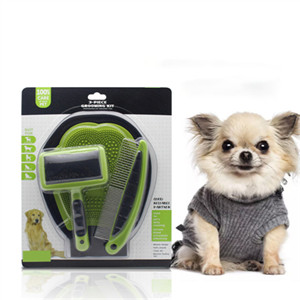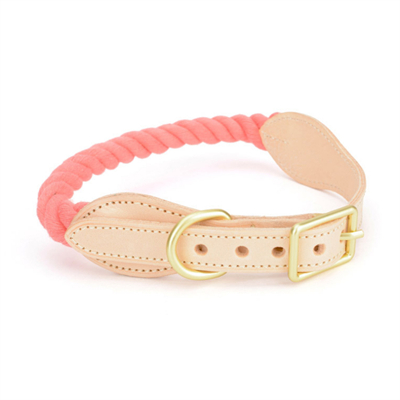Training aids for well-behaved dogs can help reinforce good behavior, improve obedience, and enhance the bond between you and your pet. These aids can be useful tools for both basic training and addressing specific behavioral issues. Here are some training aids for well-behaved dogs:
- Treats and Treat Pouch:
- Treats are a fundamental tool for positive reinforcement training. Use high-value treats to reward your dog for following commands promptly. A treat pouch makes it convenient to carry and dispense treats during training sessions.
- Clicker or Training Whistle:
- Clickers and training whistles are sound-based tools that help you mark and communicate the exact moment your dog exhibits desired behavior. Pair the sound with a reward to reinforce the behavior.
- Training Leash or Long Line:
- A training leash or long line provides control and freedom during training. It’s particularly useful for recall and off-leash training, allowing you to maintain a connection while giving your dog some distance.
- Harness:
- A no-pull or front-clip harness can help manage dogs that tend to pull on the leash. These harnesses redirect your dog’s attention and discourage pulling.
- Training Collar (Martingale or Head Collar):
- Some dogs may benefit from specialized training collars, like Martingale collars or head collars, to prevent pulling and improve leash manners.
- Training Treat Dispensing Toys:
- Toys like Kong or other treat-dispensing toys can be used to keep your dog engaged and mentally stimulated during training. Fill them with treats or peanut butter for a rewarding experience.
- Training Clicker Apps:
- Some smartphone apps offer training clicker functionality, which can be convenient for on-the-go training sessions.
- Training Books and Videos:
- Educational resources, including books and instructional videos, can provide guidance and tips for effective training techniques and strategies.
- Interactive Training Classes:
- Enroll in group or private obedience classes led by professional trainers. These classes can provide structured training sessions and expert guidance.
- Training Mats or Targets:
- Training mats or targets can help teach your dog specific commands, such as “place” or “stay.” They provide a designated spot for your dog to go to during training.
- Puzzle Toys and Brain Games:
- Mental stimulation is essential for a well-behaved dog. Puzzle toys and brain games challenge your dog’s problem-solving abilities and can prevent boredom-related behavioral issues.
- Calming Aids:
- Calming aids, such as pheromone diffusers or anxiety wraps, can help reduce stress and anxiety during training sessions, particularly for dogs prone to fear or nervousness.
- Target Sticks or Training Wands:
- These aids can be used to guide your dog into specific positions or to encourage them to perform tricks and tasks.
- Remote Training Collar:
- For advanced training and off-leash work, remote training collars can be used to give your dog signals or corrections at a distance. It’s important to use these devices responsibly and under the guidance of a professional trainer.
- Boundary Flags and Training Flags:
- If you’re working on boundary training or containment, these flags can help mark boundaries and teach your dog where they are allowed to go.
When using training aids, it’s crucial to be patient, consistent, and positive in your training approach. Positive reinforcement techniques, where you reward good behavior rather than punishing bad behavior, are generally the most effective and humane way to train a well-behaved dog. Additionally, consider consulting with a professional dog trainer or behaviorist for guidance and tailored training plans if you encounter specific challenges or behavioral issues. 




















